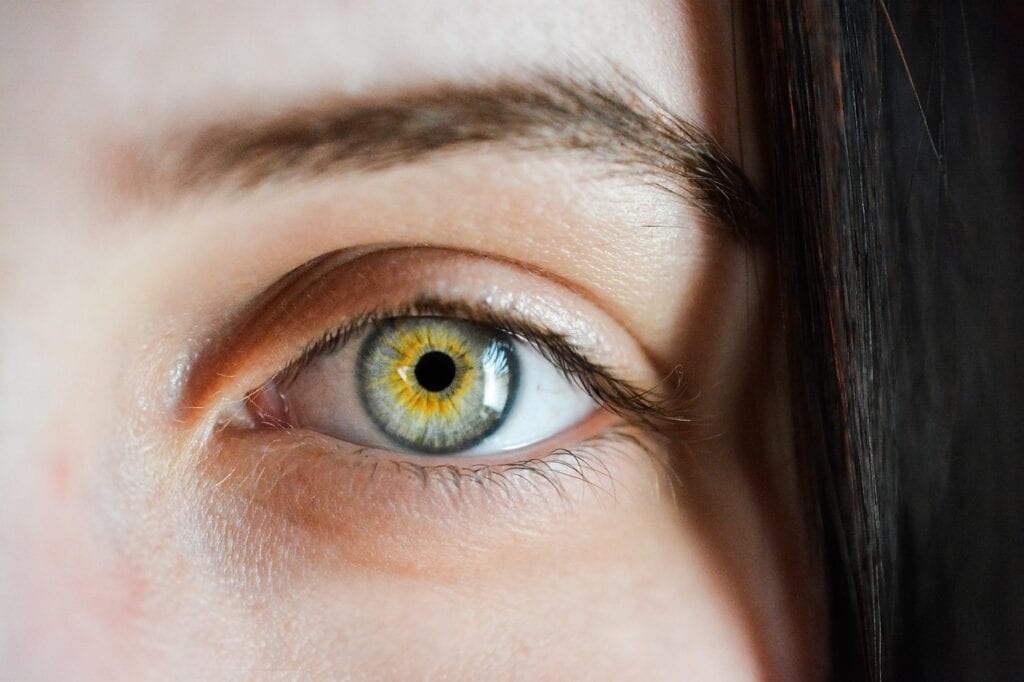by Caitlin Seida from In The Cloud Copy
Those living with autoimmune disorders like uveitis and multiple sclerosis know all too well that the cells within our bodies meant to help us can also sometimes hurt us. While immunity – and why some peoples’ immune systems go into overdrive and start attacking their own bodies – is not completely mapped out, researchers are understanding more and more what’s at the root of the matter.
It’s not every day, however, that scientists discover cells that are known to cause harm may also actually be helping us, but that was exactly the find uncovered by a team of researchers and published in the July 15, 2020 issue of the medical journal Immunity.
The Culprit
The glycoprotein IL-17A, an interleukin signaling protein, has the job of rallying the body’s immune response. When IL-17A is activated, it ramps up inflammation within the body and brings other immune cells to the party.
Over the course of this study – and others – scientists looked particularly hard at lymphocyte T-cells labeled Th17. Th17 signals the body to create protein peptides that help modulate immune responses, known as cytokines. This, in turn, signals the body to bring more IL-17A to bear and increase the amount of inflammation seen within the body.
The Surprise
Researchers with the National Eye Institute uncovered that IL-17A doesn’t just cause an inflammatory response — it may also be responsible for limiting it. When calling upon past research that led to the use of IL-17A blocking treatments to help psoriasis, the group of researchers wondered why anti-IL17A treatments had success with that autoimmune disorder but not others, such as uveitis, multiple sclerosis, and rheumatoid arthritis.
How it Works
IL-17A causes the body to produce Th17, which causes the body to produce more IL-17A. It’s now noted that the IL-17A made by the T-cells helps limit the number of other cytokines produced as well as limiting the amount of IL-17A present by binding to the very receptors that cause it to activate within the body. When IL-17A meets Th17 in what is called a negative feedback loop or autocrine signaling, it brings on an anti-inflammatory signal from another cytokine, IL-24.
This reaction was previously seen in other cell types within the body in prior research, but not in these specific immune system cells. Because the pathways that cause autoimmune responses are not always fully understood, this finding is big news for the medical research community and may yield new treatments for those living with inflammatory neurological disorders.
Looking Ahead
So far, the research conducted by the National Eye Institute doesn’t provide any definitive answers for those living with autoimmune uveitis. It does, however, create a solid starting point for further studies. For example, the research from this latest study may be a key in figuring out why clinical trials that limit the action of IL-17A have so far lacked success. If anti-IL17A treatments are given, nothing stops the Th17 cells from rallying more cytokines and a larger inflammatory response. At the very least, nothing caused by this influx of cells is treated and at the very worst, conditions can potentially worsen.
Looking toward the future, researchers suggest that treatment targeting both IL-17A and IL-24 might be a possible avenue for treating uveitis and other nervous system autoimmune disorders. Clinical trials and further testing and research are needed to see what this finding yields that may be useful for those living with uveitis.
Learn more about this here.







